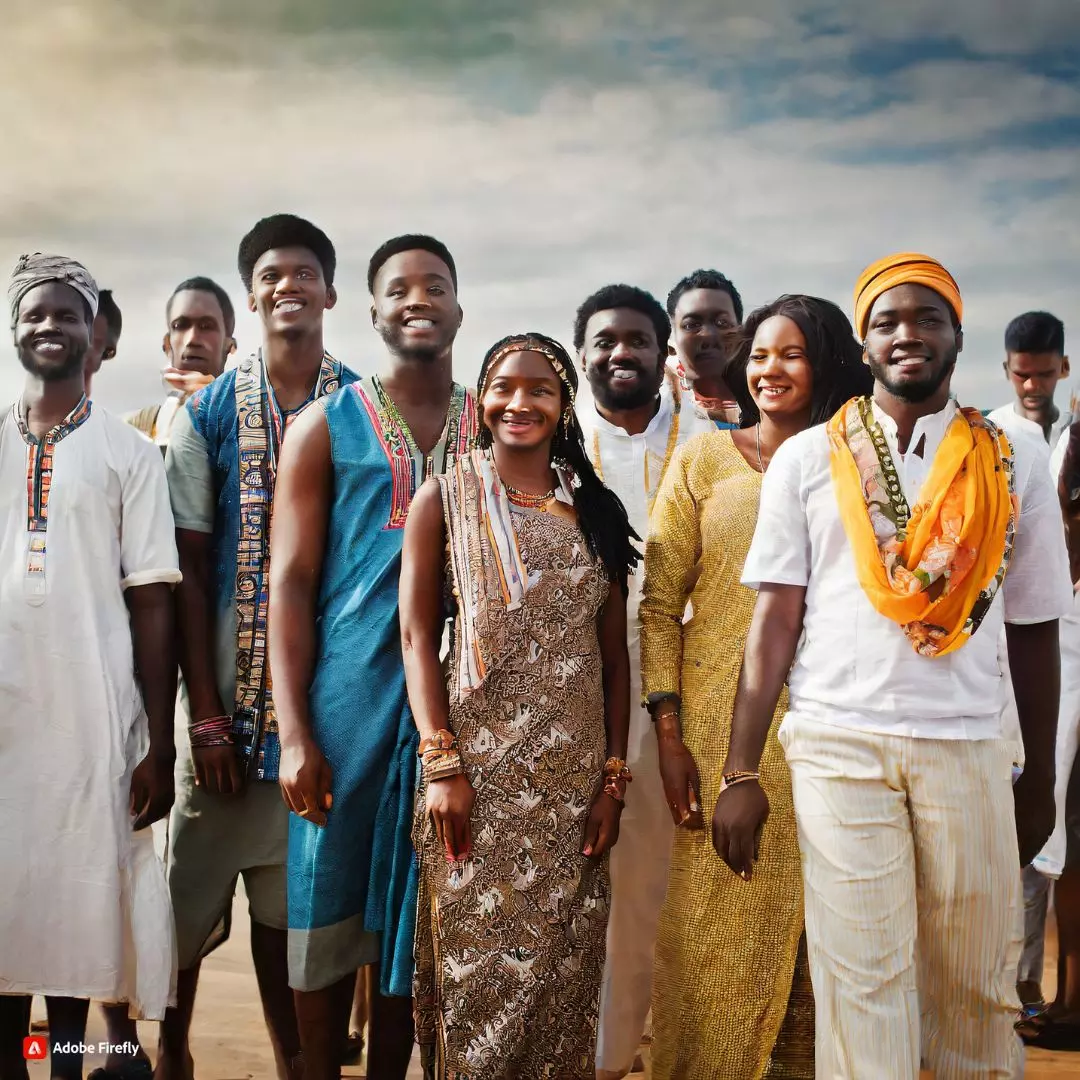India, a land of diverse cultures and traditions, harbors hidden stories within its communities. The Siddi community of Gujarat, also known as Siddhi, Sheedi, or Habshi, is a living testament to the country’s rich tapestry. Despite historical challenges, this tribe with African roots has woven itself into the intricate fabric of Indian society, embodying resilience and cultural adaptation.
The Siddis, referred to as Habshi and Badsha, trace their ancestry to Africa, though the specifics of their arrival in India remain shrouded in controversy. Census records from 1931 suggest a migration orchestrated by the Portuguese in the late 17th century, while alternative accounts, such as those by Russel and Hira Lal in 1916, propose an arrival in the mid-15th century. Presently, the Siddis thrive along the western coast of Gujarat, Maharashtra, and Karnataka, with Junagadh district at the heart of their concentration. Recognized as a scheduled tribe, their population, which stood at 54,291 in 1981, dwindled to 8,662 (4,417 male, 4,245 female) by 2001.
Culture and Lifestyle
The Siddis, unmistakably displaying a Negroid racial strain, communicate in Gujarati and, in urban areas, converse in Hindustani. Their attire is a unique blend of traditional Hindu and Muslim dress, symbolizing the dynamic evolution of their cultural identity. Predominantly non-vegetarian, the Siddis consume buffalo meat, eggs, fish, fowls, and goat meat, with staples like bajri (spiked millet) and rice. Recent shifts in dietary patterns reflect the impact of soaring meat prices, leading to increased consumption of pulses and vegetables. The Siddis maintain exogamous sakhas, adhere to monogamy, and practice endogamous marriages, with cross-cousin unions preferred.
While nuclear families dominate Siddi households, extended family structures persist. Siddi women, though active contributors to various economic activities, often grapple with societal perceptions that place them in a lower status. The community’s matrimonial alliances are intricately woven through sakhas, with divorce allowed under specific grounds. Siddis follow unique pre-marriage rituals, reflecting the richness of their cultural heritage.
The Siddis, despite their marginalized status, contribute significantly to various fields. Notable figures such as Yakut Khan, a naval admiral, and Juje Siddi, a former football goalkeeper, exemplify the community’s resilience and contributions to Indian society. However, challenges persist. Issues such as illiteracy, school dropouts, child marriages, and discrimination continue to shape the Siddis’ socio-economic landscape.
Community in Modern India
In contemporary India, the Siddi community engages in diverse occupations, including agriculture, labor, and government services. Their unique blend of African roots and Indian ethos is reflected in their multifaceted contributions to society. Siddi communities in cities such as Goa, Maharashtra, and Udupi engage in various professions, from building construction to domestic services. The Siddis, while facing economic challenges, are not only resilient but also making strides in education and development.
The Siddi community’s story unfolds as a captivating narrative of adaptation, perseverance, and the harmonious amalgamation of traditions. In navigating the intricate tapestry of India’s cultural diversity, the Siddis stand as a testament to the strength derived from embracing one’s heritage while adapting to the ever-evolving present. As they grapple with contemporary challenges, the Siddis’ journey remains a vital chapter in India’s collective narrative, reminding us of the intricate bonds that tie diverse communities across the subcontinent. Their story is an ongoing celebration of resilience and cultural richness, weaving together the threads of history, heritage, and modernity.
Also Read: SC Directs Manipur Govt To Update Panel On Protecting Places Of Worship












